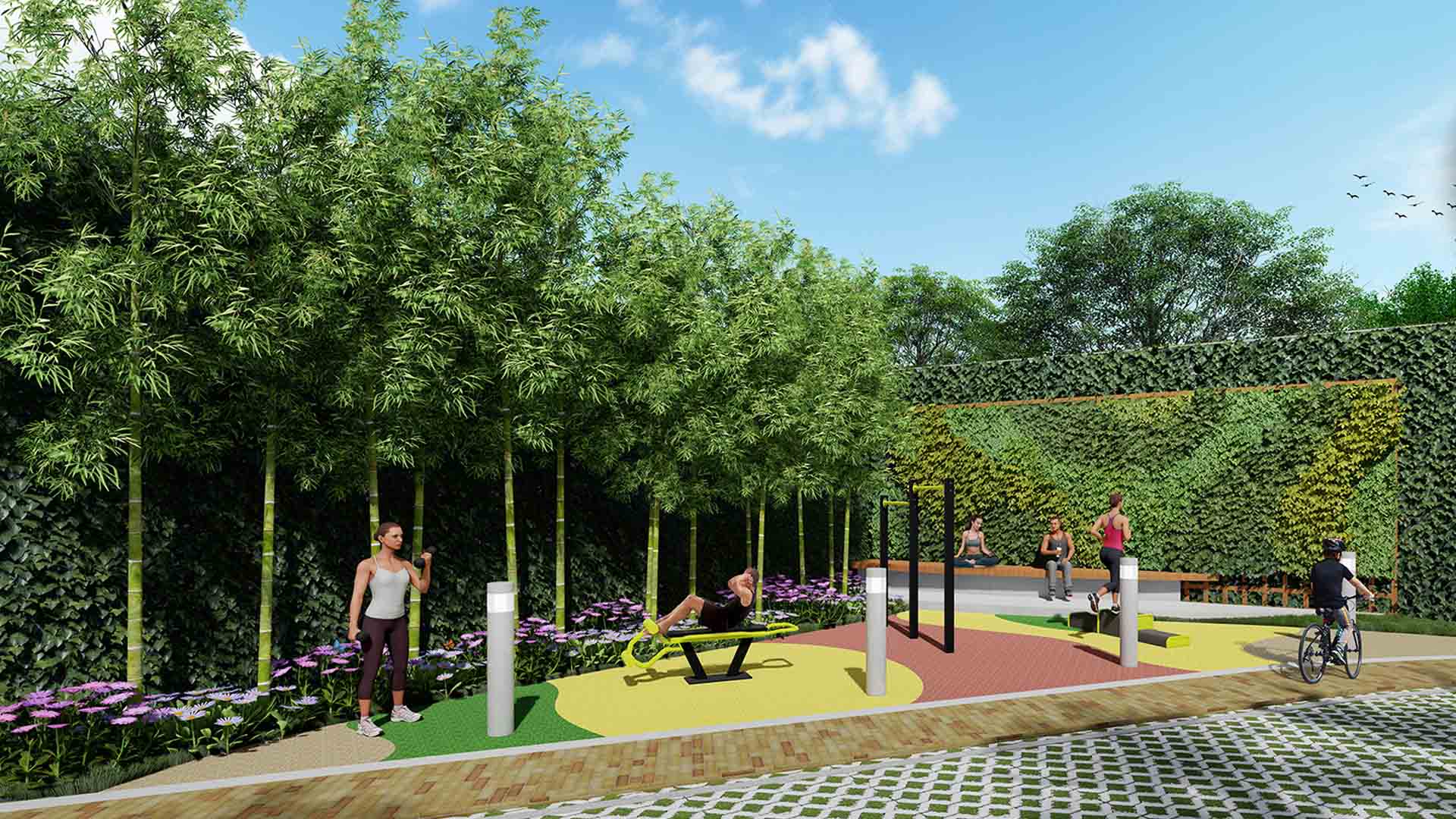The COVID-19 pandemic has undoubtedly had a major impact on the day-to-day living experiences of Filipinos. For many, staying at home for a prolonged period has raised their consciousness towards their overall health and well-being. Nowadays, living sustainably has become a priority—a movement, even—for its physical, emotional and mental health benefits. But how exactly does one incorporate “green” living in everyday life?
At its core, sustainable living means minimizing individual and collective adverse effects on the environment through practices that mitigate climate change and protect nature. It is being able to fulfill one’s current needs without jeopardizing future generations’ ability to meet their own. To live sustainably is to have an environment-friendly home without compromising practicality and aesthetics—which is what ISOC Land has achieved in I-Land Residences Sucat, a pioneering “green” residential condominium community.
As a property developer with a deliberate orientation toward sustainability in its communities, ISOC Land saw to it that I-Land Residences Sucat reflected this in every aspect of the development. Especially amid the pandemic when quality of life is sought after, sustainable design is no longer an added value but rather a necessity. Architect Ric Reyes of Aidea, the design consultant of I-Land Residences Sucat, emphasizes the holistic approach to sustainable living that stems from design but involves all aspects of daily living in a vertical community.
“Throughout the different touchpoints, it is important that the spirit of sustainability is woven through from design, construction until operation of the building,” said Reyes. “It’s a balancing act because it entails considerations that sometimes need tough decisions. Economics, function, comfort, social responsibility, aesthetics, the qualitative and quantitative aspect—all these make and complete a true sustainable design.

Among I-Land Residences Sucat’s noteworthy outdoor features and amenities are the central atrium in all towers, a jogging path, meditation area, pet park and three different types of pools, namely a kiddie pool, a wading pool and a lounge pool. These encourage an active outdoor lifestyle among residents. Meanwhile, inside the buildings are spacious common and activity areas, such as a basketball court for sports enthusiasts. These continue to provide opportunities to residents to keep physically fit and healthy.

Inside the residential units, homeowners enjoy generous and versatile living space. As the pandemic has brought about the need to transform different parts of the home for various other uses such as work and study, a hallmark of sustainable design is the ability to accommodate these lifestyle changes easily and effortlessly. “You’re not limited to a certain look and feel. It’s very adaptable to any kind of design options that they want to explore should they want to keep on changing it. It also adapts along with whoever stays within that space,” said Aidea junior interior designer Francine Mariano.

A silver lining to the COVID-19 pandemic may be that there is already an end to the perceived notion of Filipino homeseekers that sustainable living design is either a lofty, impractical goal or merely something good to have in a residential property. “Aside from the significant contribution of sustainable living in the preservation of the environment and its resources, sustainable design also promotes fundamental design aspects that would improve the quality of life of its consumers. In the case of sustainable homes, Filipino home seekers can achieve a fine sense of physical, emotional and mental well-being,” explained Reyes.

In this revolution toward sustainable living, the initiative of developers such as ISOC Land is critical. “ISOC Land has been a great partner in our design journey. More than a client, we see them as our co-creators in the process, and we’re happy that our collaboration has produced great results. We’re happy that the client also shares the same vision. Fortunately, our goals and aspirations are all in one,” added Reyes.
“Developers should also take on their responsibility to be enablers in shaping society,” said Aidea project architect Ryan Licup. “Part of this is being customer-centric, which means they ensure they understand their clients’ demands, including the environment in which they live. They continue to deliver effective customer care and property management solutions, providing the property’s long-term worth.”
In the very near future, sustainable or “green” living in the Philippines will no longer be an aspiration but a pervasive reality, thanks to progressive design principals like Aidea and responsible developers like ISOC Land who are taking clear and bold steps to shape homes that will benefit generations of Filipinos to come.




